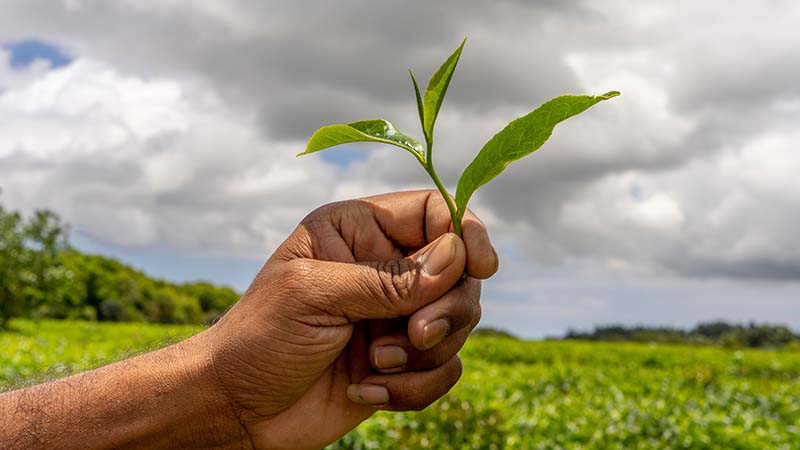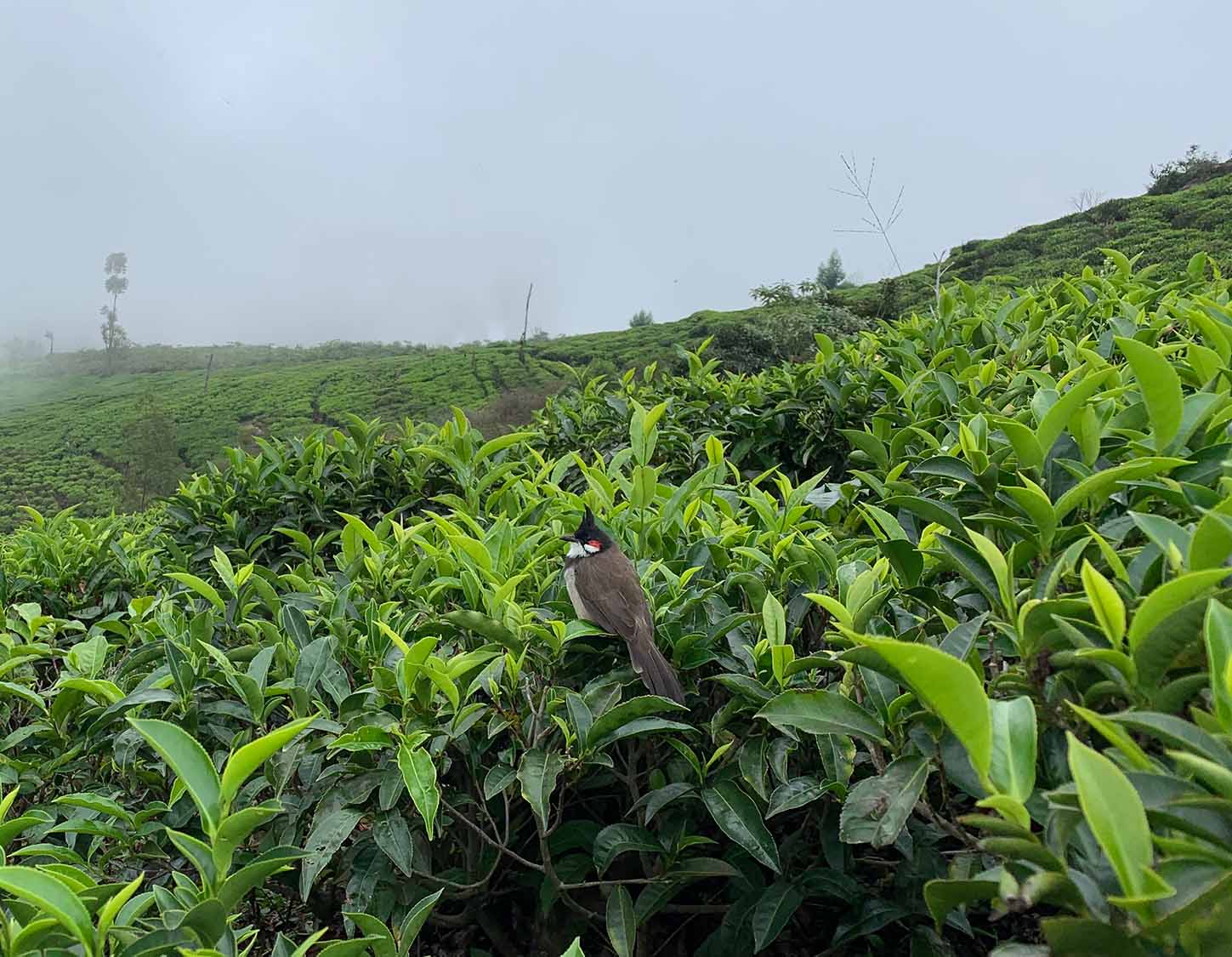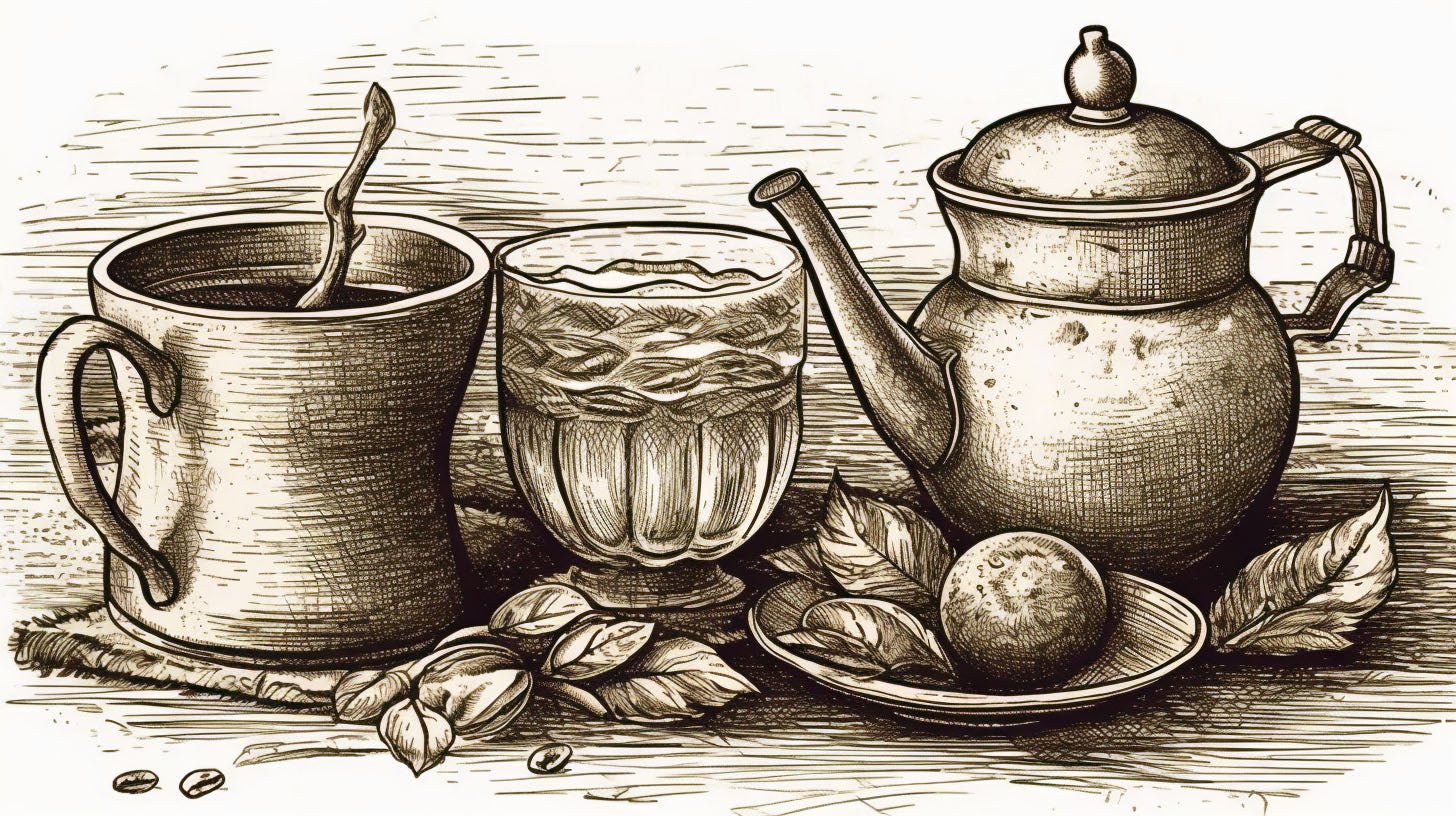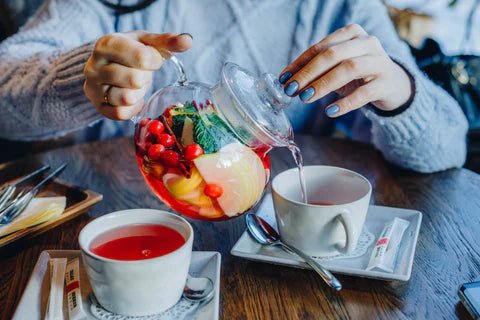Article: Understanding Different Types of Teas

Understanding Different Types of Teas
My first introduction to tea was Assam black tea at 8. Tea was drunk at least 2 to 3 times daily in our house. In most agricultural Punjabi families, tea is mixed with masalas and made in boiling water and milk to create a creamy milk tea.
Then, around age 14, I went to a local market with my family and decided to try some Chinese Yunnan black tea. So, I brought it home and made it without spices to understand the flavor. I first noticed it was slightly smoky and peppery than the tea I had been drinking. That would become my first tasting.
Tea is the second most consumed beverage in the world after water. With all the different types available, it can sometimes seem overwhelming. I will explore the different varieties to build a basic understanding of tea.
One Tea Plant, Hundreds of Teas
Before we start, one important distinction is that all tea varieties come from the same plant, the Camellia Sinensis. You can make black, green, and white tea from the same leaf.
The core difference between each tea is how the tea breaks down and then oxidizes. When tea is crushed or rolled, it breaks down the plant structure, which releases an enzyme that oxidizes when exposed to air. The longer the leaves are exposed to air, the more they oxidize.
Black tea comes from leaves that have been thoroughly oxidized. Tea oxidation can halt when heated to 150 degrees Fahrenheit, giving rise to other teas like green and white tea. It is also important to note that the longer the oxidation, the higher the caffeine content, with black teas having the highest caffeine levels.
Black Tea
Of all the teas, black tea has the strongest and boldest flavor, making it the most popular tea variety. The reason for the intense flavor, though much less than coffee, comes from fully oxidizing the tea leaves. The oxidation process also gives rise to its dark amber color when brewing.
The most common black tea is from Assam, India. It is grown mainly in the Brahmaputra River Valley in East India, known for its monsoons and fertile lands. This climate gives Assam teas a malty and slightly nutty flavor.
Another popular tea in India is Darjeeling tea, which is grown at the base of the Himalayas in a cool area with high altitude and misty air. This climate gives rise to its sweeter and more floral profile versus Assam tea. Whereas many people use milk and sugar in their Assam tea, Darjeeling tea can be enjoyed on its own.
Green Tea
I was around 16 when I tried green tea. My best friend wanted me to try boba, and I had a sweetened strawberry green tea slushie with boba. I probably fell in love with the boba and the sugar first, but I soon began appreciating green tea.
Green tea is the way to go if you want something refreshing and packed with health benefits. Studies have suggested that the antioxidants found in green tea help support heart health and boost metabolism.
Green tea usually has a light to dark green color and a more delicate flavor than black tea. Unlike black tea, green tea leaves are not oxidized, helping them retain more natural antioxidants. However, because it is broken down, some oxidation will naturally occur.
There is a lot of variety in green tea. For example, Sencha is a standard green tea produced all over East Asia. While Japanese Sencha can have a grassy profile, Sencha from China and Korea may have a more nutty profile. I prefer nutty over grassy, so knowing where my Sencha is from is important.
The most popular green tea is matcha. It has gained popularity due to its use in ceremonies, vibrant color, and unique method of preparation using a whisk. Because of its powdered form, it's used in smoothies, ice creams, and even baked goods like donuts and cakes.
Compared to black tea, green tea can be much more relaxing. With only mild levels of caffeine, it gives a nice slight boost of energy while not keeping you up all night. I know many people who use green tea in their mindfulness routines.
Oolong Tea
Between green tea, which undergoes minimal oxidation, and black tea, which goes through complete oxidation, lies Oolong tea. Oolong tea leaves are only partially oxidized and divided into two main subgroups: green and dark. Green oolong undergoes light to medium oxidation, while dark oolong undergoes medium to high oxidation, though not as much as black tea.
Regarding flavor, oolong tea can be complex and can be steeped multiple times, highlighting different notes on each steep. Because of the extensive range of oxidation, oolong teas can be anywhere from light and floral to rich and toasty.
Tieguanyin, sometimes called the Iron Goddess of Mercy, is a famous oolong tea from China known for its delicate aroma and smooth taste. We source our Tieguanyin from the high mountains of Fujian, which gives it nutty and citrus notes.
White Tea
White tea has only gained popularity in the last couple of decades as people are opting for low-caffeine alternatives to black and green tea while consuming the health benefits of tea.
White tea is my current go-to. I'm not a fan of water ( shocking, right!). So I can steep white tea all day without worrying about overdoing it with caffeine.
White tea leaves are not oxidized at all. Instead, they are dried. And even without oxidation, they will still have small amounts of caffeine. You will notice that white tea has more volume because it has never been broken down into a small form to release its enzymes. So, whereas you may only need a teaspoon of black or green tea, you will probably need a tablespoon of white tea to achieve a comparable steeping.
White tea has a more subtle taste and is usually less grassy than green tea. You will detect notes of different fruits and flowers in their aroma and flavor. And with its lighter caffeine levels, you can enjoy them all day long.
Herbal Tea
You may wonder why I include herbal teas, called tisanes, in this list, as they can contain any plant, flower, or herb and do not come from the tea plant. The world is going through a rapid discovery of the healing and flavor possibilities available in tisanes. And because they are brewed similarly to regular tea and are often included in tea blends, they deserve a place on this list.
There are many popular herbal tea flavors, including chamomile and ginger. However, what's interesting to me is the use of honeybush leaves.
Honeybush tea, which comes from South Africa, is more full-bodied and earthier than Rooibos. Consequently, it has become a good substitute for teas that typically call for black tea. We use it in our Turaco Apple Chai, which our children love.
Parting Note
There are still many more types of tea, and I will continue to add to this article as time goes on. If there is anything I can leave you with, please try different types of tea, as you never know what will suit your palate. Happy sipping!






Leave a comment
This site is protected by reCAPTCHA and the Google Privacy Policy and Terms of Service apply.